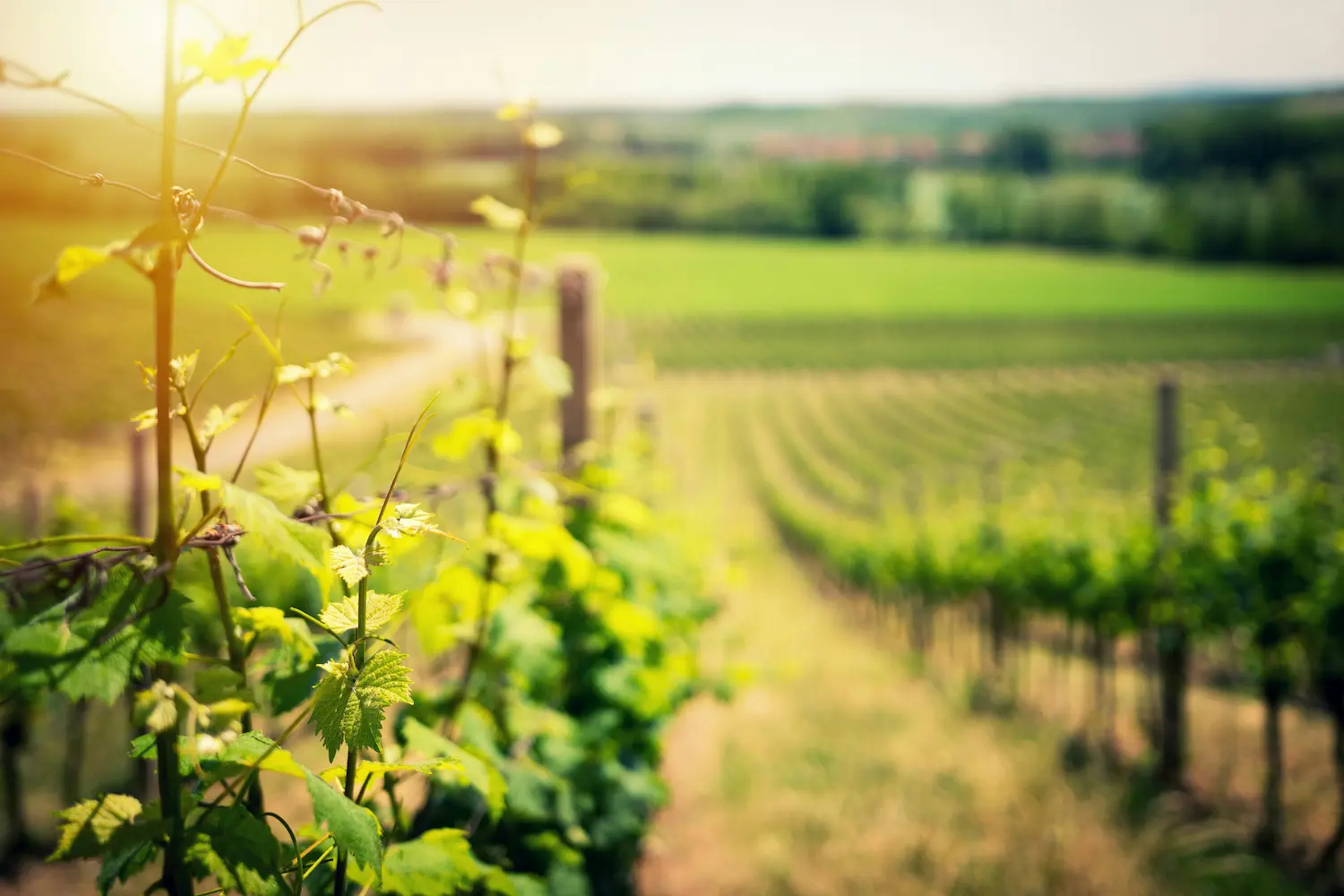From the depths of alluvial soils to the heights of the Andes: how Mendoza’s land, climate, and tradition come together to craft unforgettable wines.
Nestled at the foothills of the Andes, where the sun kisses the earth with over 300 days of radiant light each year, lies Mendoza—a province synonymous with world-class wine. For centuries, this region has served as the cradle of Argentina’s most celebrated vintages, earning a reputation that extends far beyond its borders. But what is it about Mendoza’s soil that gives its wines such unparalleled character? Let’s dig deep (pun intended) into the essence of what makes this land so uniquely suited for crafting exceptional wine.
The Magic Beneath the Vines: Terroir at Its Finest
Mendoza’s unique blend of mineral-rich soils, high-altitude vineyards, and ideal climate work in harmony to produce world-renowned wines full of depth, flavor, and character.
1
Alluvial Soils
Mendoza’s soils owe their composition to the rivers that once flowed through the region, depositing layers of mineral-rich sediment over time. These alluvial soils, a blend of sand, silt, clay, and gravel, provide a nutrient-rich foundation for grapevines. Their diversity creates microzones within the vineyards, allowing winemakers to experiment with different grape varieties and achieve unique flavor profiles. This natural richness gives Mendoza’s wines their signature complexity and depth.
2
Excellent Drainage
One of the most critical aspects of Mendoza’s soil is its exceptional drainage capability. The sandy and rocky textures allow water to flow through quickly, preventing waterlogging and root rot—common issues in heavier soils. This forces the vines to grow deeper roots in search of moisture, which not only strengthens the plant but also enhances the quality of the grapes. The result is a wine with concentrated flavors, perfect for those seeking bold and aromatic profiles.
3
Balanced Stress
In winemaking, stress isn’t a bad thing—it’s essential. Mendoza’s soils are naturally low in organic matter, which limits the nutrients available to the vines. While this might sound disadvantageous, it’s actually beneficial. Vines that experience mild stress produce smaller, more concentrated grapes packed with sugars, tannins, and aromatic compounds. This “struggle” is what gives Mendoza’s wines their intense character and complexity, making every sip a testament to the resilience of the land.
4
Complexity in Flavor
The combination of nutrient-rich, high altitude, and Mendoza’s unique climate creates grapes that reflect their environment. Each vineyard tells a story through its flavors—whether it’s the minerality from the alluvial deposits or the bold tannins nurtured by the rocky terrain. Mendoza’s terroir imparts wines with a balance of fruitiness, acidity, and structure, ensuring they stand out on the global stage.

A High-Altitude Advantage
It’s impossible to talk about Mendoza’s soil without mentioning its altitude. Many of the region’s vineyards are planted at elevations of 800 to 1,500 meters (2,600 to 5,000 feet) above sea level. This high-altitude environment creates a unique growing condition: warm days and cool nights. The intense sunlight during the day allows grapes to ripen fully, while the chilly evenings preserve their acidity—a perfect harmony of sugars and freshness. And while the climate plays a role, the soil at these altitudes is thinner, rockier, and poorer in organic matter, forcing the vines to dig deep to find nutrients. This struggle results in grapes that are smaller, thicker-skinned, and packed with concentrated flavors.
The Malbec Connection
No conversation about Mendoza is complete without a nod to its flagship varietal: Malbec. Originally from France, Malbec found its true home in Mendoza, where the soil and climate brought out its full potential. The region’s calcareous soils (rich in calcium carbonate) are particularly suited for this grape, lending Malbec its signature velvety tannins, deep purple hues, and luscious notes of plum, blackberry, and spice. Whether it’s a single-varietal Malbec or a blend, the influence of Mendoza’s soil is unmistakable in every sip.
Sustainable Practices: Respecting the Land
Another factor that sets Mendoza apart is the deep respect winemakers have for the land. Many vineyards employ sustainable and organic practices, recognizing that preserving the health of the soil is essential for future generations. From using cover crops to prevent erosion to adopting drip irrigation systems that conserve water in this arid region, Mendoza’s winemakers are as rooted in tradition as they are committed to innovation.
The Taste of Mendoza
When you uncork a bottle of wine from Mendoza, you’re not just drinking fermented grape juice; you’re uncovering the spirit of a region. You’re tasting the minerality of its ancient soils, the warmth of the Andean sun, and the cool whispers of mountain breezes. Each sip celebrates the symphony of nature and human dedication.
So, the next time you pour a glass of Malbec—or perhaps a crisp Torrontés or bold Cabernet Sauvignon—pause for a moment. Reflect on the soil, the vines, and the craftsmanship that brought it to life. Rooted in Mendoza’s terroir, that wine is more than a drink—it’s a story, a legacy, and an expression of a land unlike any other.
Mendoza’s wines are more than a drink—they’re the heartbeat of the Andes, the passion of its people, and the essence of its land. With every sip, you’re tasting a story.
So, will your next glass tell the story of Mendoza?




Leave a comment